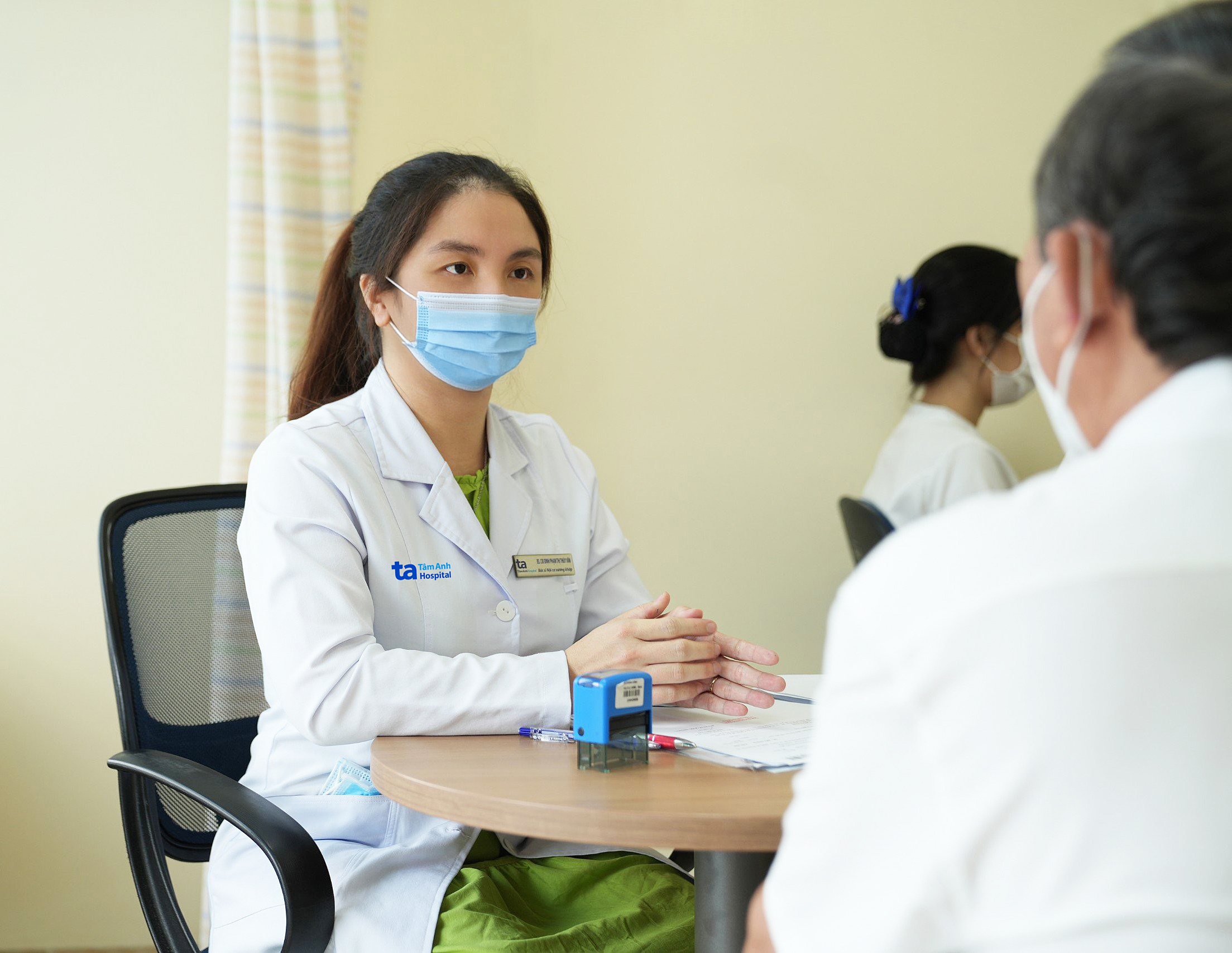Throughout life, healthy bones are constantly broken down and rebuilt. As the body ages, the rate of bone restoration slows down while the rate of bone breakdown increases, leading to weaker bones. Osteoporosis is a condition in which bone density gradually decreases over time, making bones more susceptible to damage and fractures.
Doctor Dinh Pham Thi Thuy Van, from the Center for Orthopedics and Trauma at Tam Anh General Hospital in Ho Chi Minh City, says osteoporosis often has no obvious symptoms and progresses silently. Some cases are only discovered after a fracture has occurred. The disease is common in older adults, but is now trending younger due to unhealthy lifestyles. Here are some warning signs.
Bone and joint pain: This is the most noticeable symptom of decreased bone density. Patients often experience general aches and pains, especially in weight-bearing bones such as the spine, lower back, pelvis, hips, and knees. This dull, persistent pain tends to increase with movement and prolonged standing or sitting, and decreases with rest.
Difficulty bending or twisting: Osteoporosis can compress the intercostal, femoral, and sciatic nerves, causing pain in the spine, lower back, or ribs. The pain intensifies with strenuous activity or sudden changes in posture.
Changes in height: Decreased bone density can cause vertebral compression and fractures. Patients may experience height loss, a stooped posture, or a hunched back, possibly accompanied by acute back pain.
 |
Doctor Van explains bone density test results to a patient. Photo: Tam Anh General Hospital
According to Doctor Van, osteoporosis cannot be completely cured. The goal of treatment is to prevent and reduce the risk of fractures by restoring lost bone structure and mineralization, increasing bone mass, and halting further bone loss. Depending on the severity of the osteoporosis and the patient's overall health, doctors may prescribe one or a combination of treatment methods.
Patients should ensure they get enough calcium and vitamin D to provide the building blocks for bone regeneration and strengthen bones. These nutrients are found in milk and dairy products, leafy green vegetables, walnuts, salmon, and seafood. Regular exercise increases muscle strength and flexibility, and caution in daily activities helps prevent falls. Patients can use orthopedic devices or braces to reduce pressure on the spine, bone ends, and hip area.
Medications can be used to treat osteoporosis by inhibiting bone resorption or stimulating bone formation. Depending on the patient's needs and condition, doctors may prescribe oral, injectable, or intravenous medications. Intravenous osteoporosis treatment is a popular method due to its convenience. Patients only need treatment once a year, ensuring consistent effectiveness and avoiding missed doses or improper medication intake. According to Doctor Van, this method also minimizes the side effects associated with oral medications. It is suitable for individuals with gastroesophageal conditions, those unable to eat normally, or those with poor calcium absorption. At Tam Anh General Hospital in Ho Chi Minh City, patients receiving intravenous osteoporosis treatment can go home the same day.
Older adults should have regular health check-ups or seek medical attention as soon as they notice any unusual signs to ensure timely treatment and avoid complications that can affect their quality of life.
Phi Hong
| Readers can submit questions about musculoskeletal diseases here for doctors to answer. |












